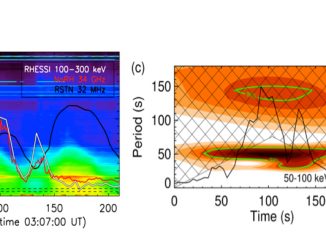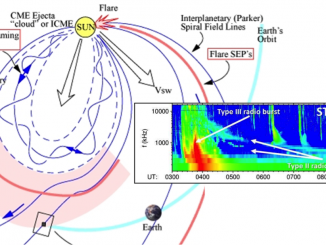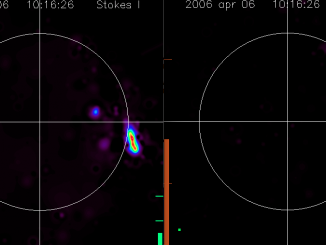Diagnostics of the acceleration modulation process based on quasi-periodic variations of flare emission
by Kupriyanova et al.*
Quasi-periodic pulsations (QPPs) with the characteristic time scales from a few seconds up to tens of minutes are frequently seen in the time profiles of solar and stellar flare emission (Nakariakov et al., 2016 ). Among all the possibilities of QPPs explanation, two reasons are discussed more actively: magnetohydrodynamic (MHD) oscillations in plasma waveguides and periodic reconnection. A solar flare showing clear quasi-periodic pulsations in X-rays, microwaves and followed by […]



